Author: Jordan Folks
Living in the craft beer mecca that is Portland, OR for over a decade now, it’s easy to take my bountiful access to world class brews for granted. However, I didn’t always have it this easy. During my undergrad years in the aughts in Oklahoma, there were very few craft options at the time, which could have been because they didn’t think it would sell, or they were horrified by the law prohibiting the commercial refrigeration of any packaged beer above 4% ABV.
One of the few reliably available craft options at the time is what is widely viewed as one of the original American craft beers– Shiner Bock, a dark lager made by Spoetzl Brewery from Shiner, TX. While American-made, Shiner Bock is a glorious example of an International Dark Lager, which the BCJP describes as:
A darker, richer, and somewhat sweeter version of international pale lager with a little more body and flavor, but equally restrained in bitterness. The low bitterness leaves the malt as the primary flavor element, and the low hop levels provide very little in the way of balance.
For the past 10 years, I’ve ravenously consumed all the brewing science I could get my eyes and ears on, then meticulously applied it to my brewing. Short & Shoddy is the antithesis to my brewing philosophy, especially for lagers, which is why for my inaugural Short & Shoddy batch, I figured I would go back to my roots by brewing an International Dark Lager using this painfully abbreviated approach.
| BREWING THE BEER |
Running low on malt and hops, I designed an International Dark Lager recipe based off of my best guess for the style, using only the smattering of ingredients I had on-hand.
Short & Shoddy International Dark Lager
Recipe Details
| Batch Size | Boil Time | IBU | SRM | Est. OG | Est. FG | ABV |
|---|---|---|---|---|---|---|
| 6.5 gal | 60 min | 18.7 | 16.5 SRM | 1.046 | 1.01 | 4.73 % |
| Actuals | 1.046 | 1.01 | 4.73 % | |||
Fermentables
| Name | Amount | % |
|---|---|---|
| Pilsner | 10.5 lbs | 55.39 |
| Vienna Malt | 7 lbs | 36.93 |
| Carahell | 8 oz | 2.64 |
| Dextrose (Corn Sugar) | 8 oz | 2.64 |
| Carafa II | 7.3 oz | 2.41 |
Hops
| Name | Amount | Time | Use | Form | Alpha % |
|---|---|---|---|---|---|
| Hallertauer Mittelfrueh | 103 g | 30 min | Boil | Pellet | 2.3 |
Yeast
| Name | Lab | Attenuation | Temperature |
|---|---|---|---|
| Global (L13) | Imperial Yeast | 77% | 32°F - 32°F |
Notes
| Water Profile: unfiltered and unadjusted Portland, OR tap water |
Download
| Download this recipe's BeerXML file |
I began collecting the full volume of tap water at 11:11 AM, skipping my standard steps of running it through a filter, treating it with SMB and Brewtan B, and adjusting it to a specific mineral profile and pH.
As the water was heating up, I weighed out and milled the grains.
When the water seemed hot enough for a reasonable saccharification rest, I stirred in the grist then checked to find it was at a mash temperature of 151°F/66°C.
During the mash rest, I prepared the single large kettle hop addition.
When the brief 30-minute single-infusion mash was complete, I ran the sweet wort off into my boil kettle.
At the end of the 30-minute boil, I added some dextrose in place of my preferred lager adjunct of flaked corn or rice.
Once the sugar was fully dissolved, I ran the wort through my plate chiller on its way to a fermentation keg.
A hydrometer reading showed the wort was at 1.046 OG, for a surprisingly low brewhouse efficiency of 41%. With the wort at 53°F/12°C thanks to my cool winter tap water, I pitched a single pouch of Imperial Yeast L13 Global.
At this point, I placed the filled fermenter in the corner of my basement, which oscillates between 59°F/15°C and 61°F/16°C this time of year. The time was 1:42 PM for a total brew day time of just 2 hours and 31 minutes.
The beer was left to ferment for 2 weeks before I took a hydrometer measurement showing FG had been reached.
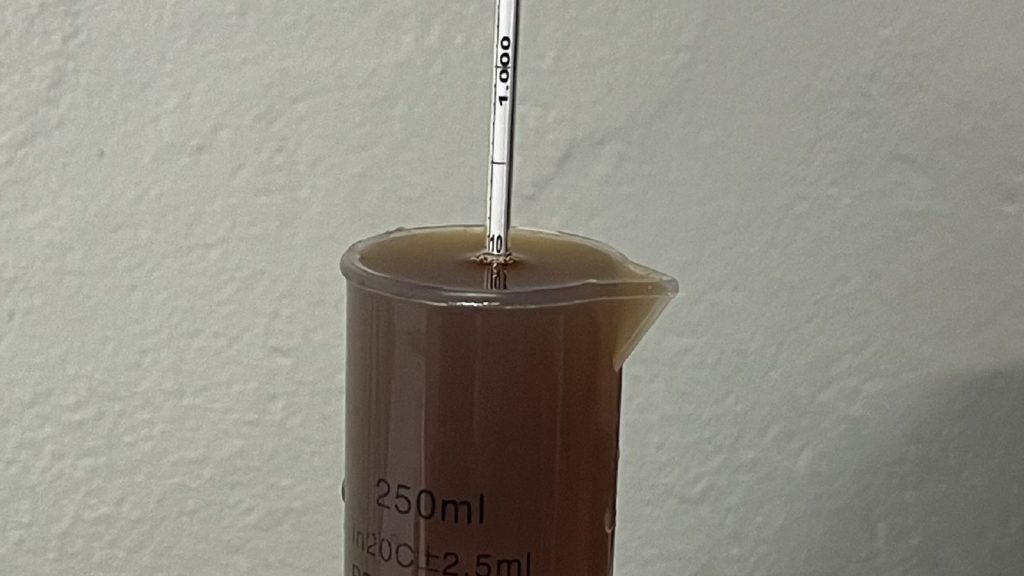
I pressure transferred the beer to a CO2 purged keg, added gelatin fining, then placed it in my kegerator where it was burst carbonated for 12 hours before the gas was reduced to a serving pressure. After a week of cold conditioning, the beer was ready to serve to tasters.
| RESULTS |
A total of 22 people of various levels of experience participated in this Short & Shoddy evaluation. Participants were informed of the specific beer style and provided the BJCP description prior to completing the survey. Tasters were then instructed to rate how hoppy, malty, and dry they perceived the beer to be on a 0-5 scale where a rating of 0 indicated “not at all” and 5 indicated “extremely.”
Tasters were provided a list of common hop, malt, and yeast characteristics then instructed to select from each the one they perceived as being most prominent in the beer.
Hop Characteristics
Malt Characteristics
Yeast Characteristics
Next, participants were asked to indicate whether or not they detected any off-flavors in the beer; those who did were provided a list of common off-flavors and instructed to select the one they perceived as being strongest. In total, 4 tasters noted off-flavors with one indicating light-struck (skunk), another feeling they perceived esters, and a third who endorsed astringent and metallic. The fourth taster noted perceiving acetaldehyde, astringent, metallic, oxidized, phenolic, and solvent off-flavors.
Tasters were then asked to rate how well the beer represented the intended style, based on the provided BJCP description, on a 0-5 scale where 0 meant “not at all” and 5 meant “exactly.”
Finally, tasters were asked to rate how much they enjoyed the beer on a 0-5 scale where 0 indicated they hated it and 5 indicated they loved it.
My Impressions: I perceived this beer as having an appropriate malt backbone with complimentary wisps of roast, hints of floral hop notes, and nice bitterness. It also had nice color, clarity, and foam. However, I felt the fermentation character was a bit rough around the edges and not as clean as I expect for an International Dark Lager.
| CONCLUSION |
Despite the moniker of International Dark Lager, many of the commercial examples mentioned in the BJCP guidelines are American-brewed beers. Known to be less flavorful and rich than other dark lager styles like Munich Dunkel and Schwarzbier, some speculate this is due to a less intense brewing methods like decoction or step mashing, which are employed by more traditional German brewers. Nonetheless, it’s safe to say most commercial examples rely on a more standard approach that involves adjusting water mineral profiles, mashing and boiling for standard times, pitching adequate rates of yeast, fermenting fairly cool, and lagering the beer for an extended duration.
Despite forgoing many of these steps, tasters of this Short & Shoddy International Dark Lager not only rated it as being a reasonable example of the style, but many seemed to rather enjoy drinking it. While there was one outlier who reported perceiving a handful of off-flavors and a few others who detected light-struck, ester, metallic, and astringent notes, the majority perceived no such characteristics. As expected, the most notable quality of this beer was its toasty, nutty, and caramel/sweet maltiness, which aligns nicely with the BJCP description. In terms of fermentation, while a plurality felt it was clean, the next highest ratings were on esters and sulfur, respectively.
While I felt this Short & Shoddy International Dark Lager lacked a bit in fermentation quality, I was impressed with how decent it was considering all the corners I cut. For fun, and to get some additional blind feedback, I submitted this beer into a fairly large local BJCP competition where it yielded a combined score of 31, which I think is pretty accurate. I’m highly unlikely to brew this exact beer again, but I’m certainly curious to see how the Short & Shoddy method plays out with other styles in the future.
If you have thoughts about this Short & Shoddy brew, please feel free to share it in the comments section below!
Support Brülosophy In Style!
All designs are available in various colors and sizes on Amazon!
Follow Brülosophy on:
FACEBOOK | TWITTER | INSTAGRAM
If you enjoy this stuff and feel compelled to support Brulosophy.com, please check out the Support page for details on how you can very easily do so. Thanks!


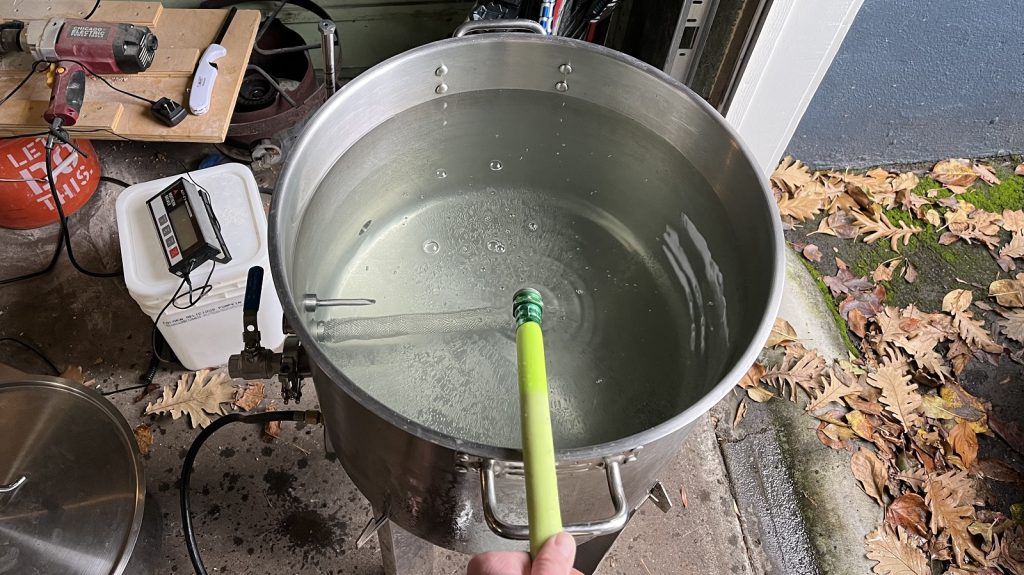
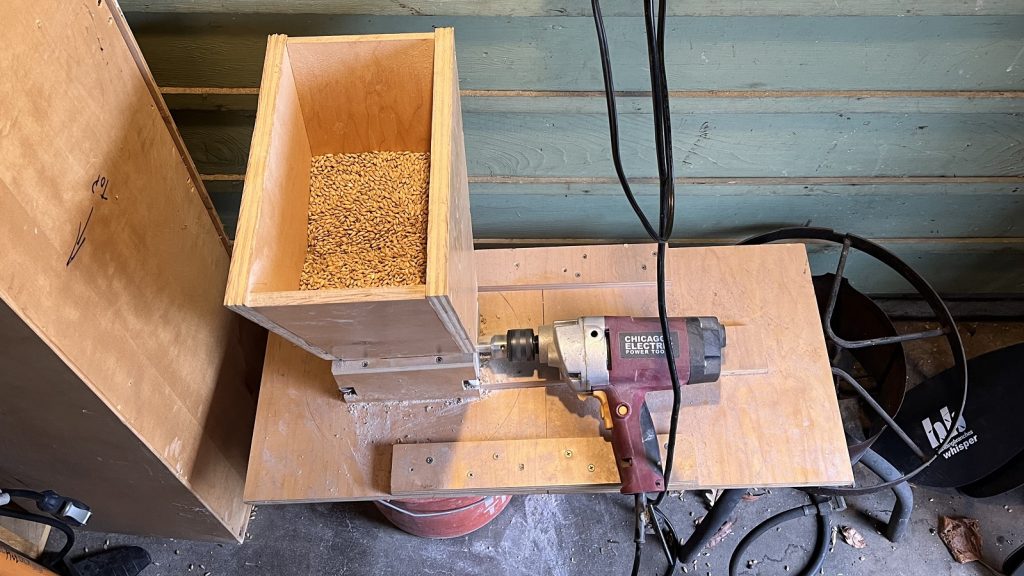
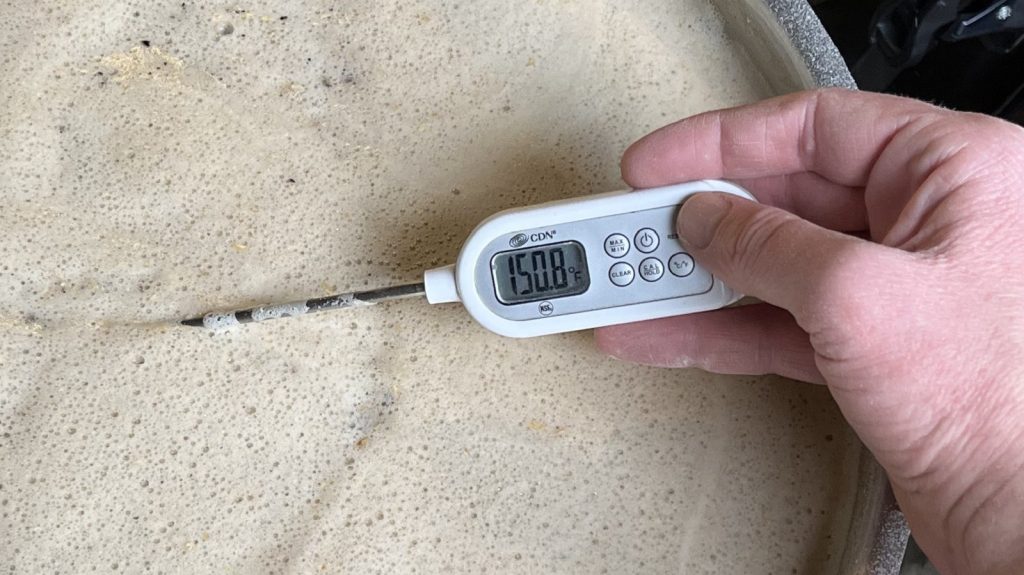
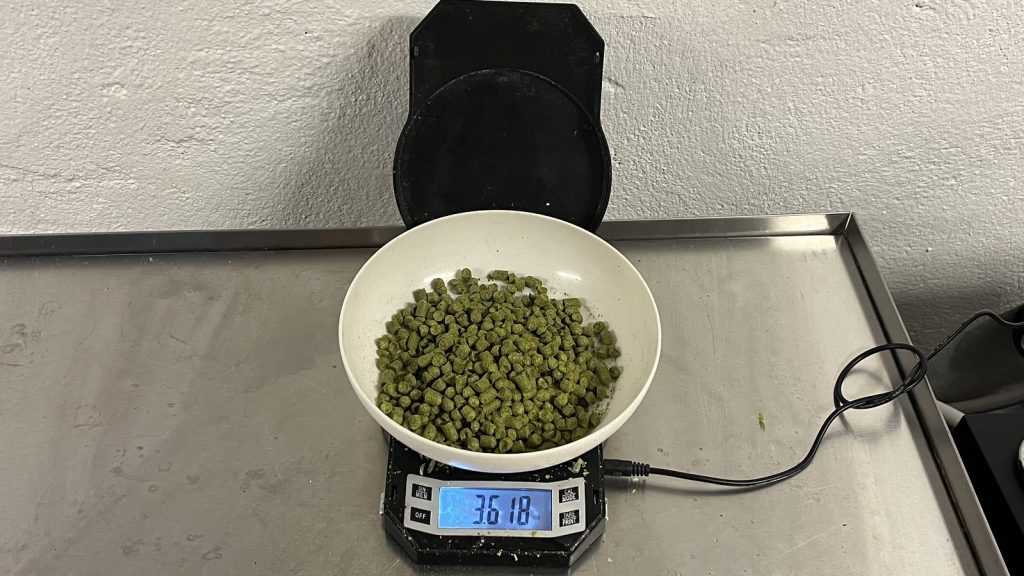
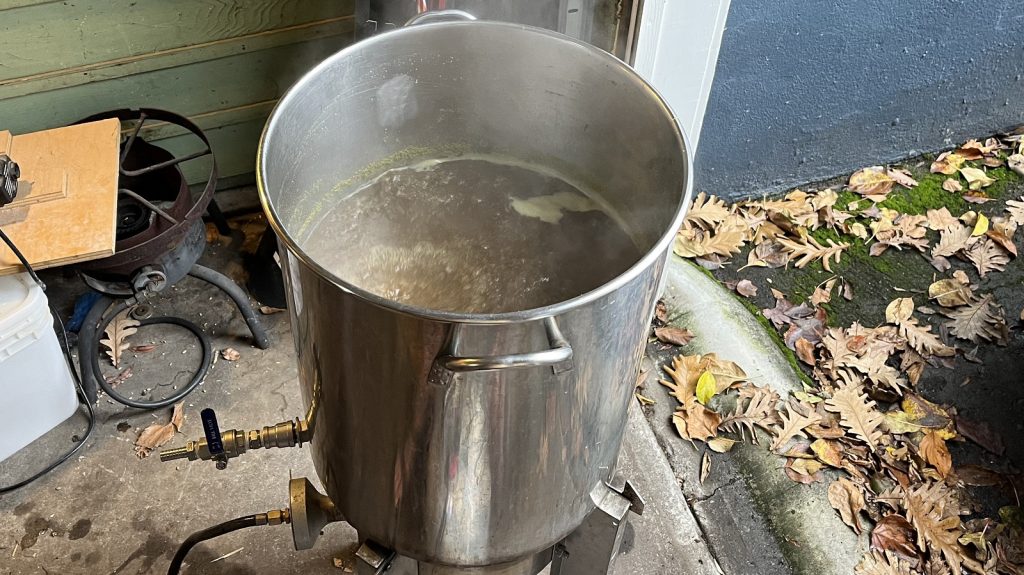
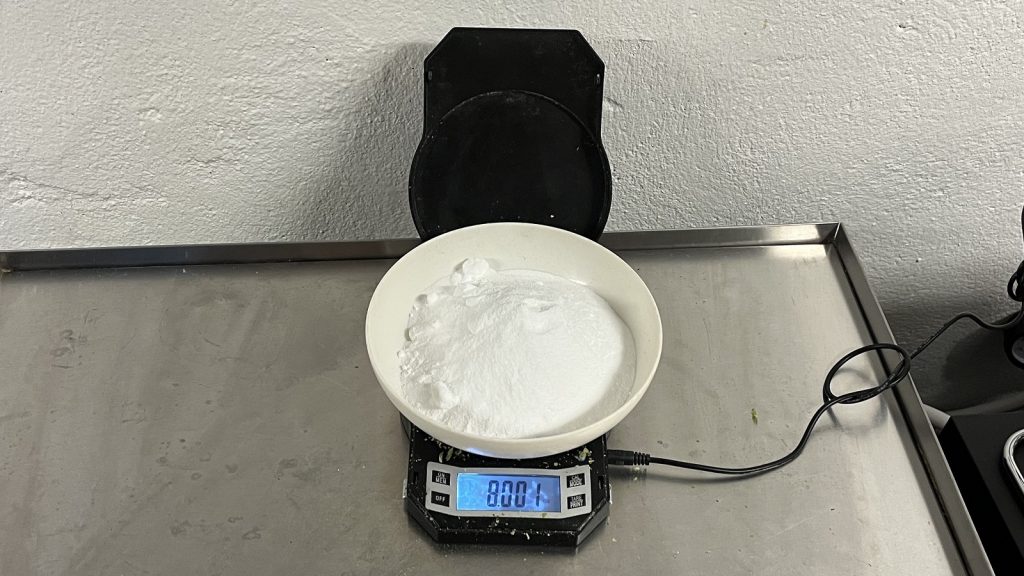
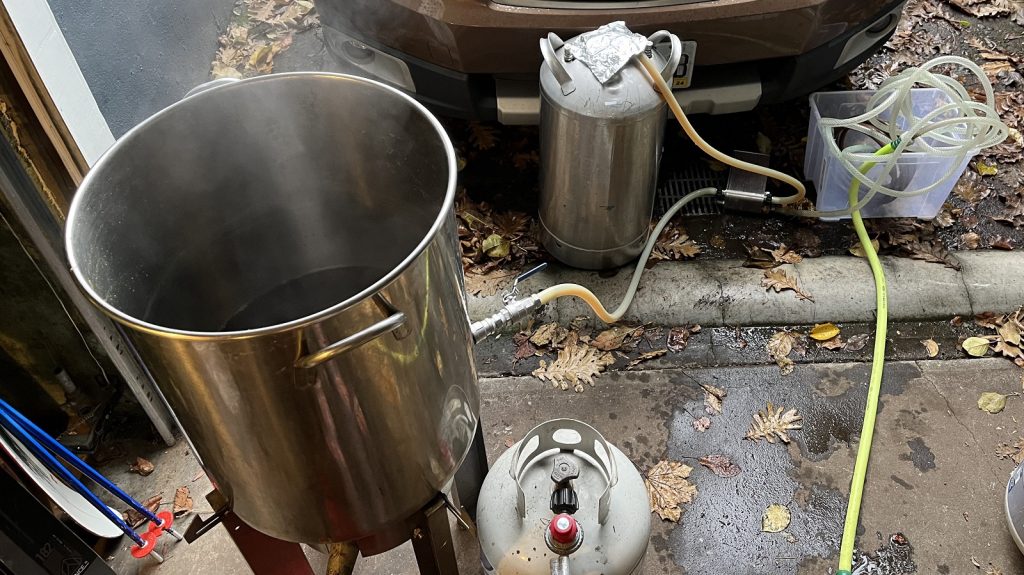
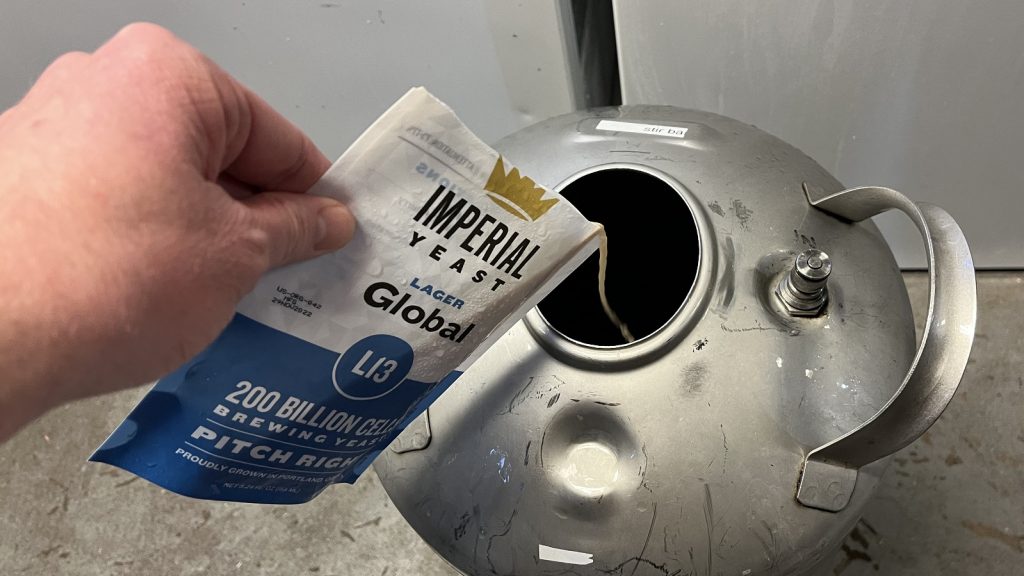
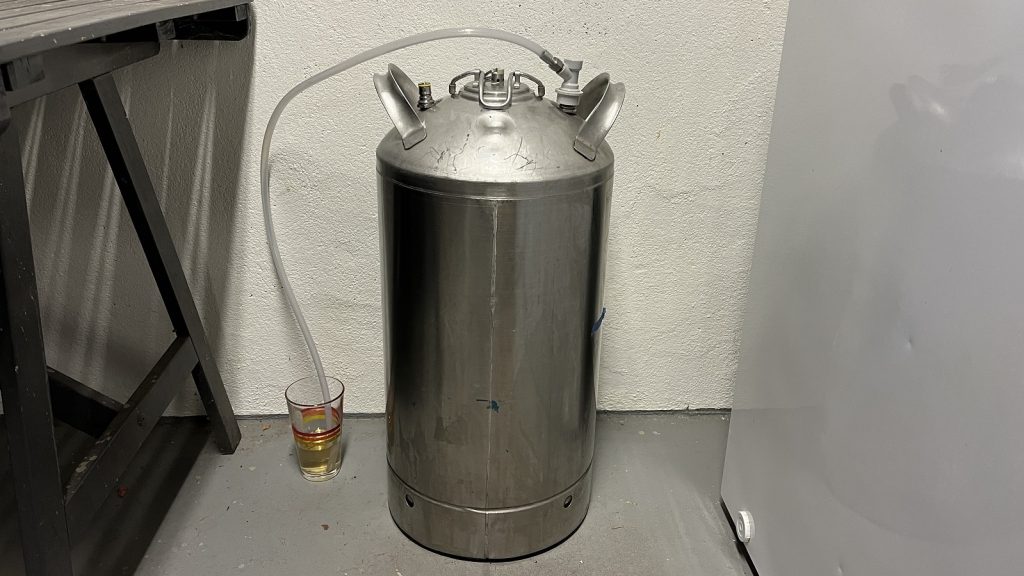
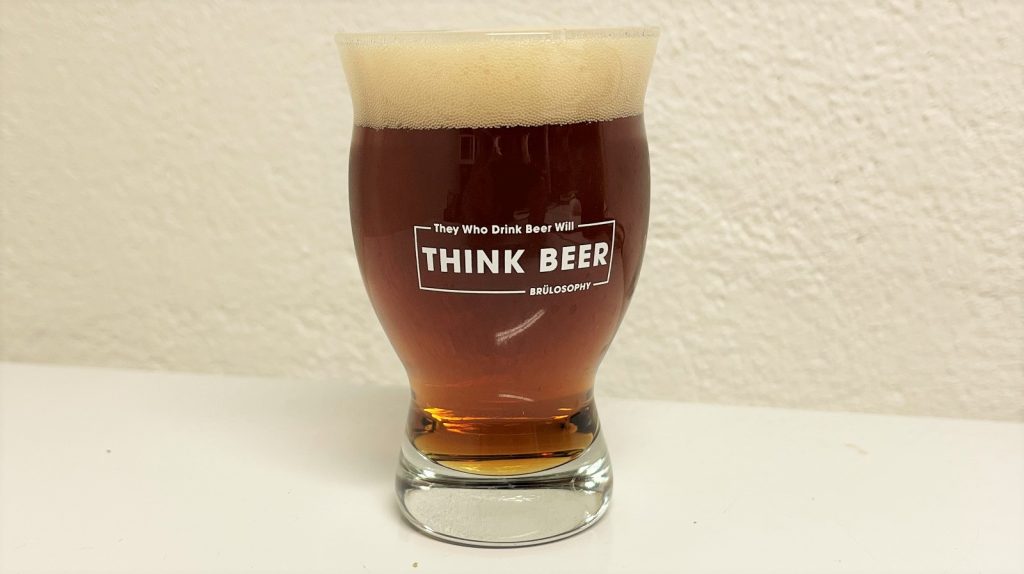
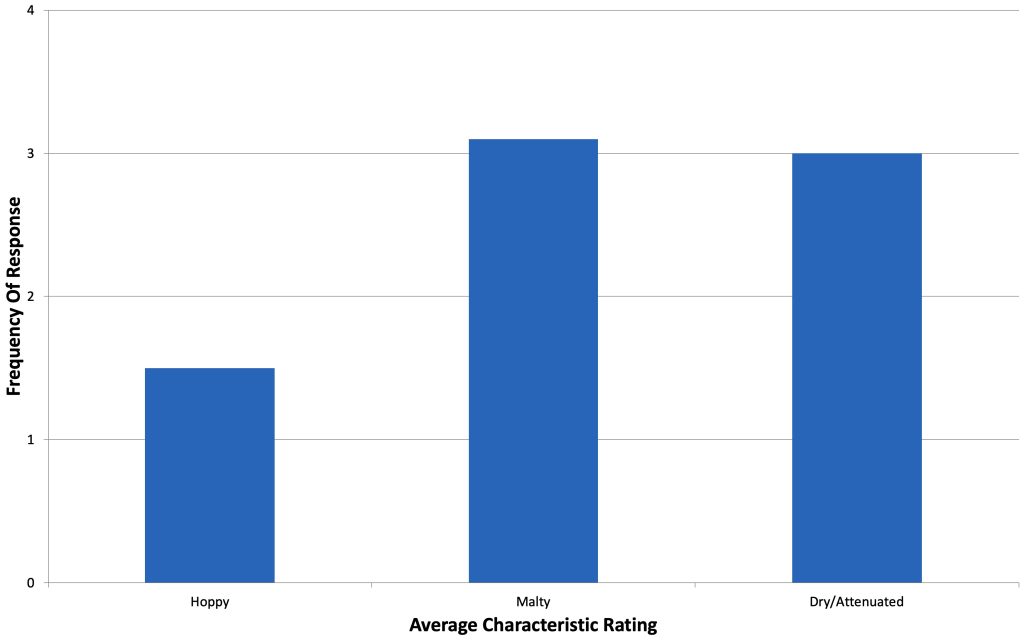
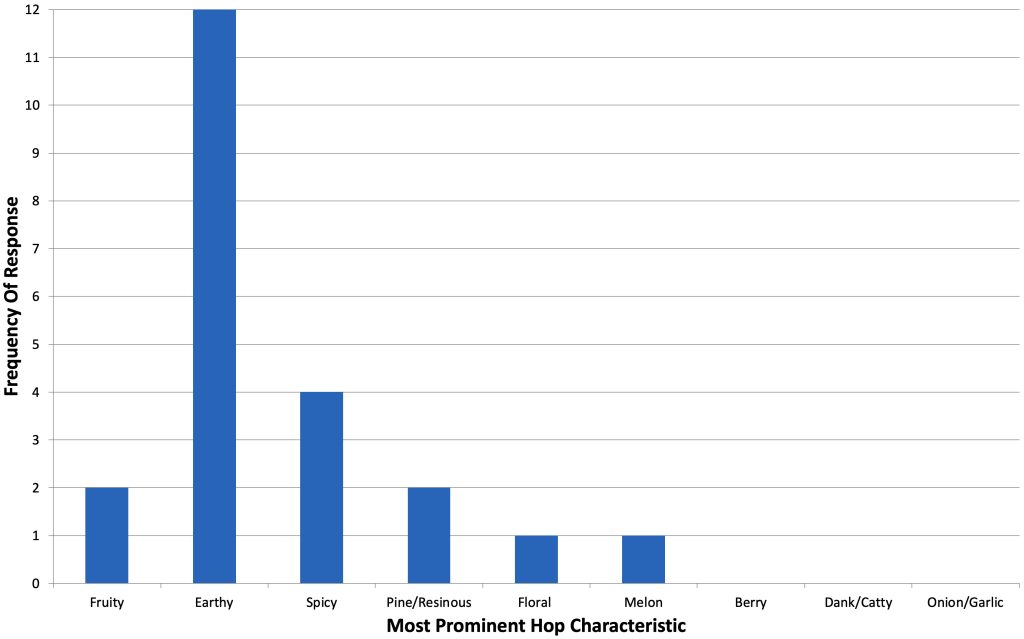
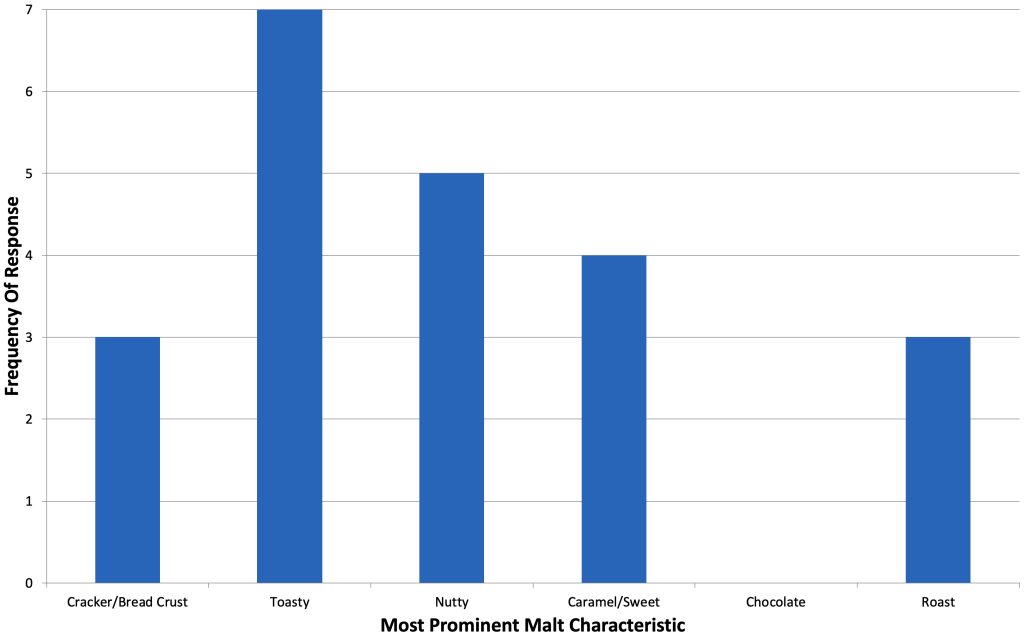
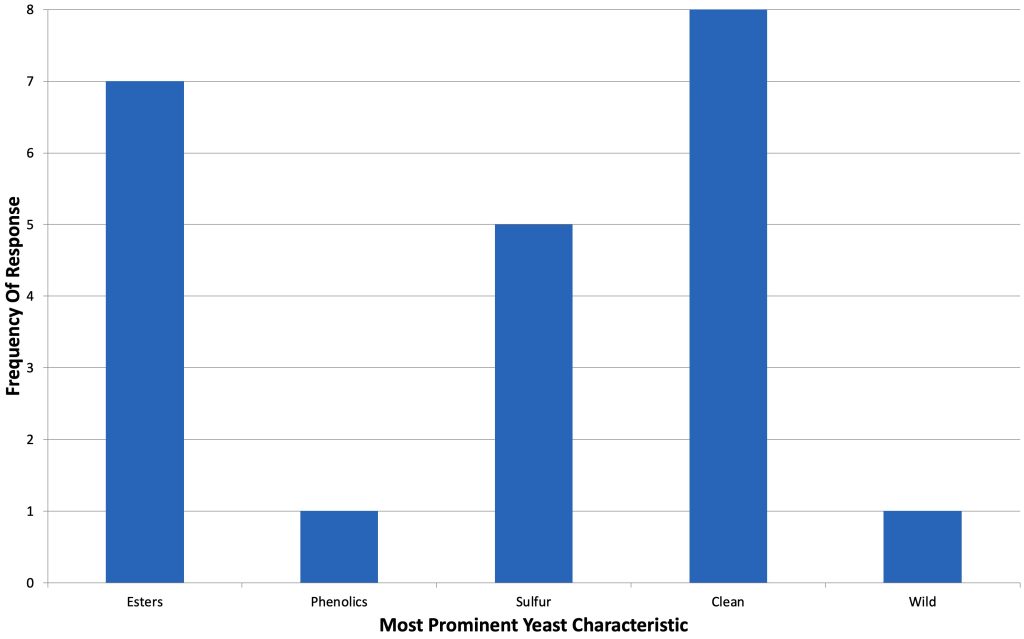
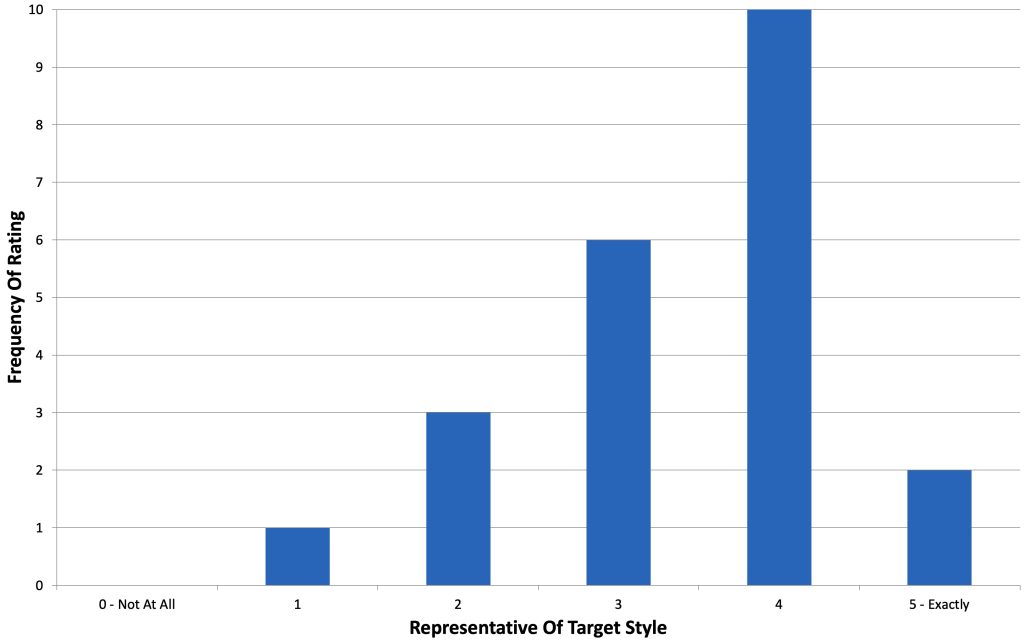
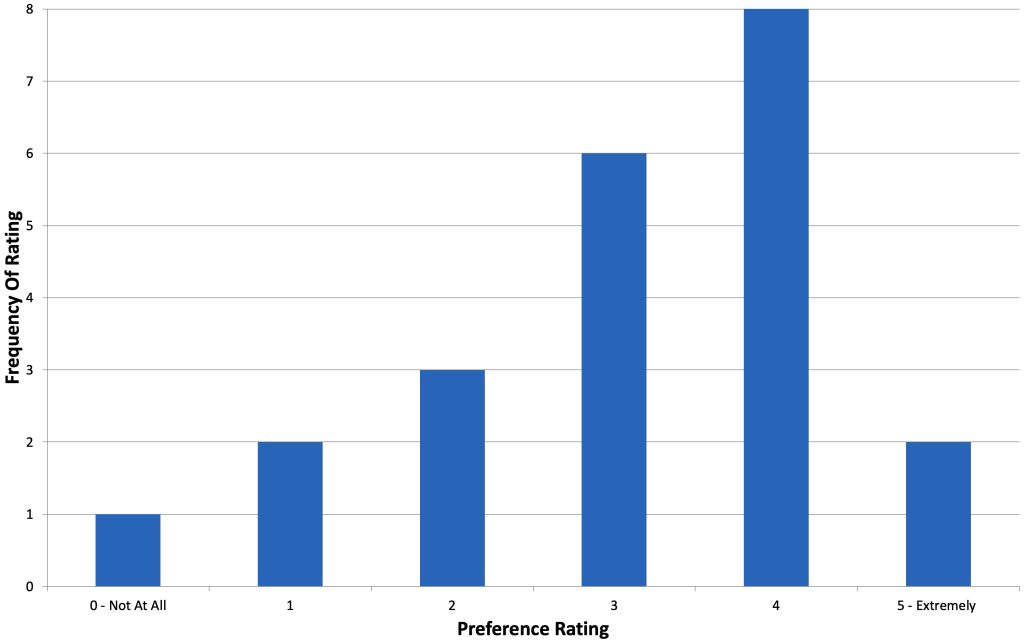











3 thoughts on “Short & Shoddy | International Dark Lager”
Welcome to the Dark Side Jordan…This is the way…Cue ominous Star Wars music now.
“…or they were horrified by the law prohibiting the commercial refrigeration of any packaged beer above 4% ABV.”…wait, what?! And I thought MN had some crazy liquor laws!
Thank goodness they repealed that law a couple years ago!